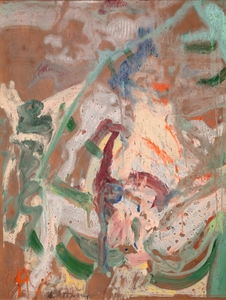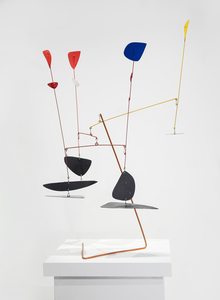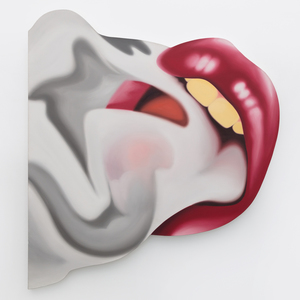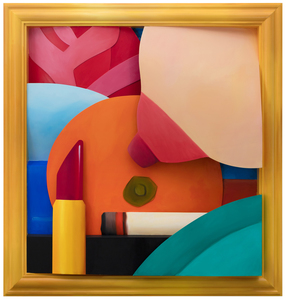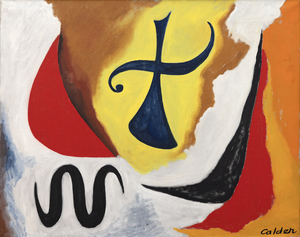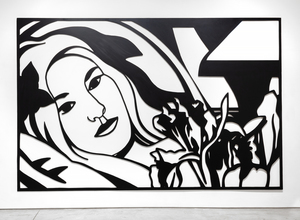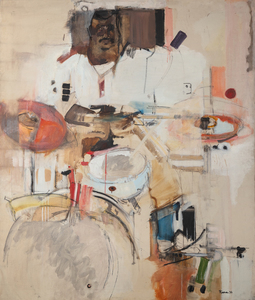格哈德-里希特(生于 1932 年)
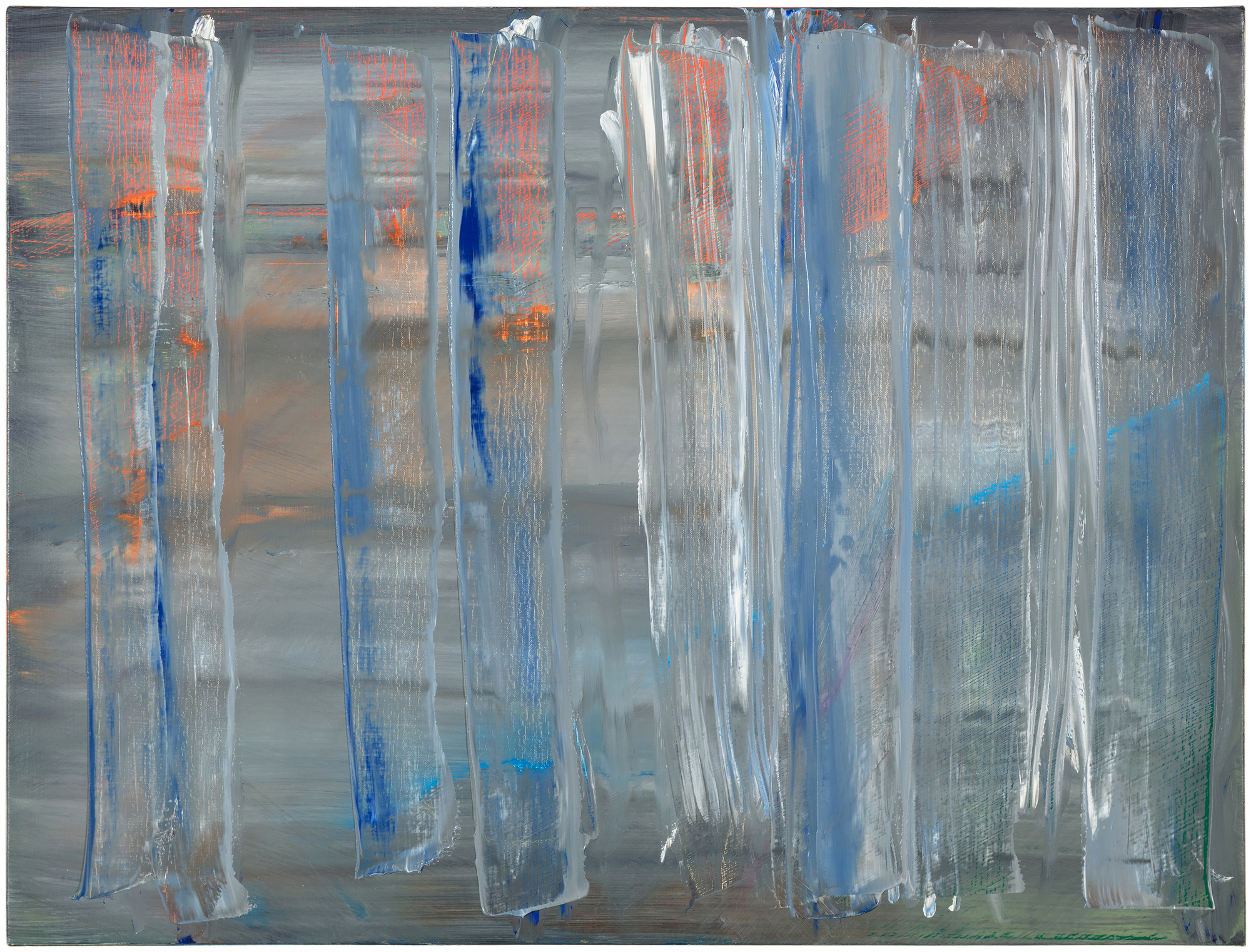
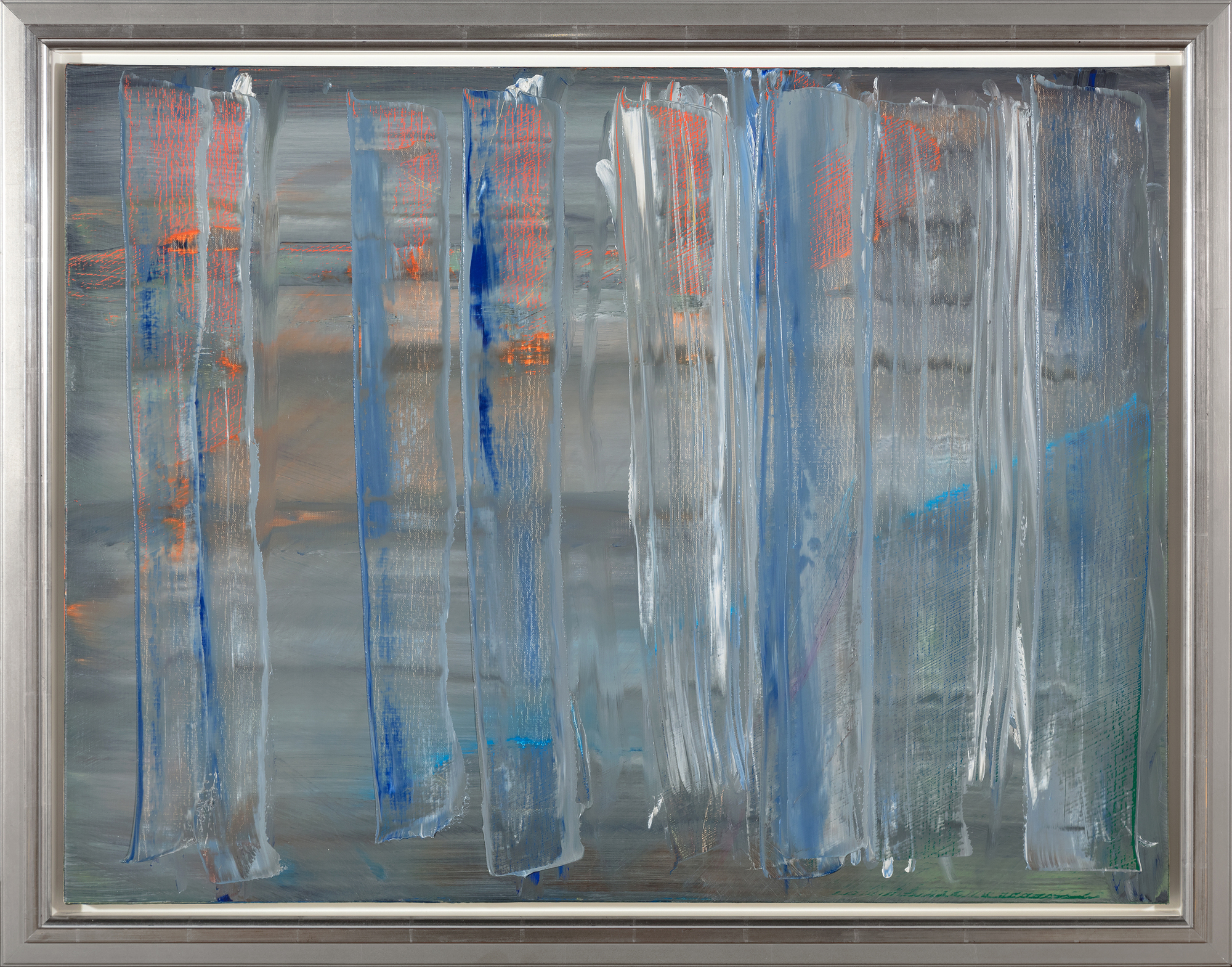
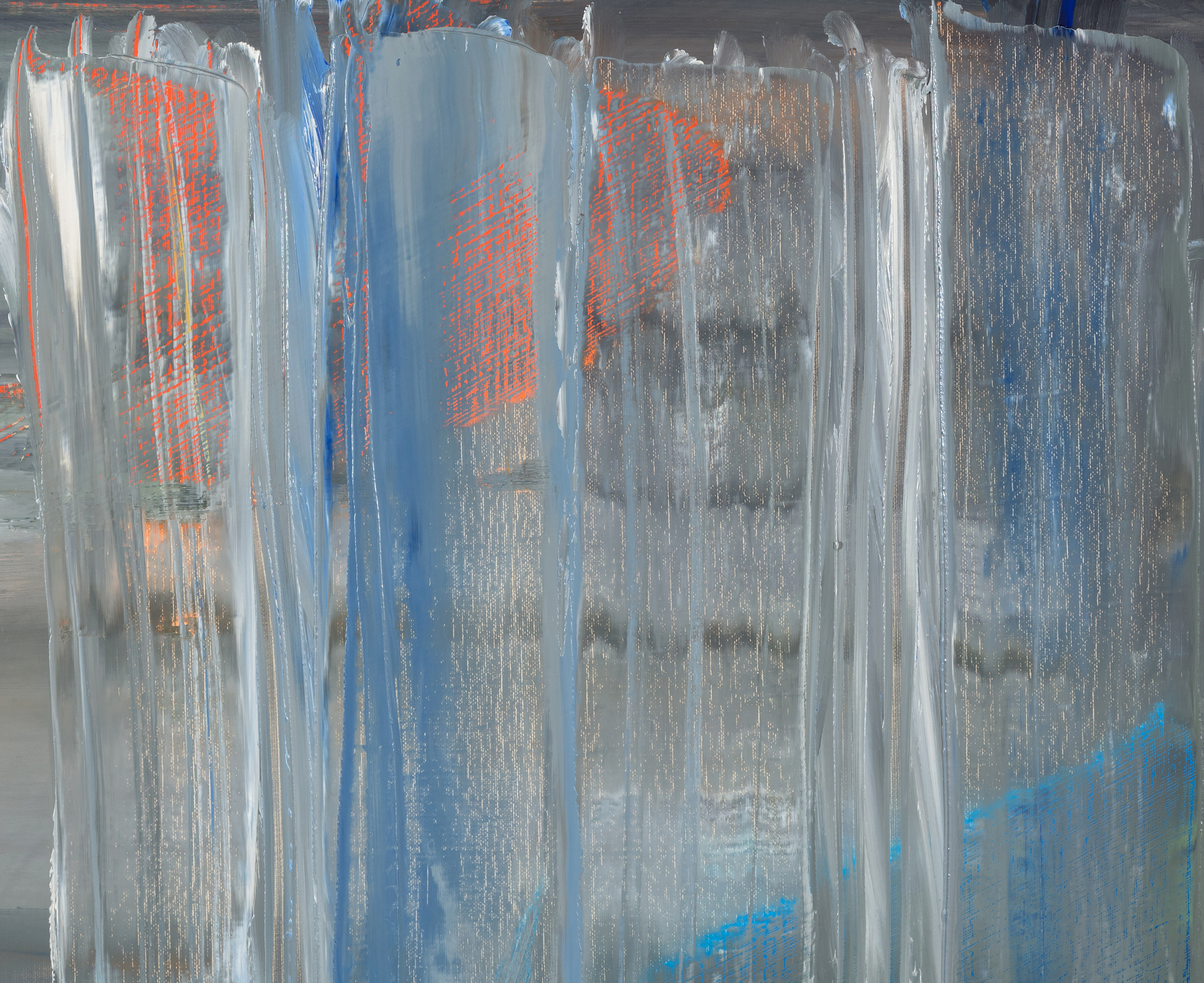
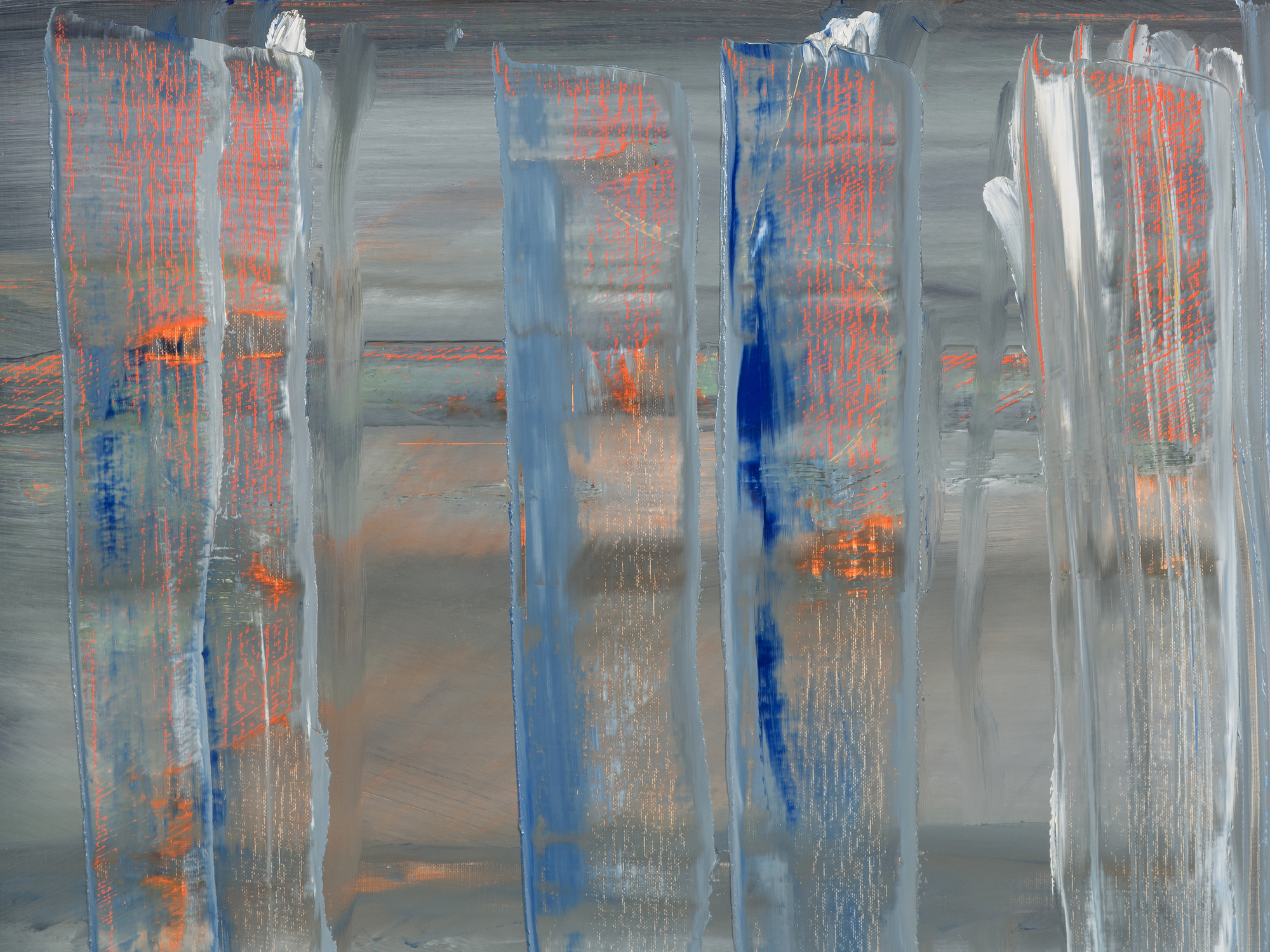
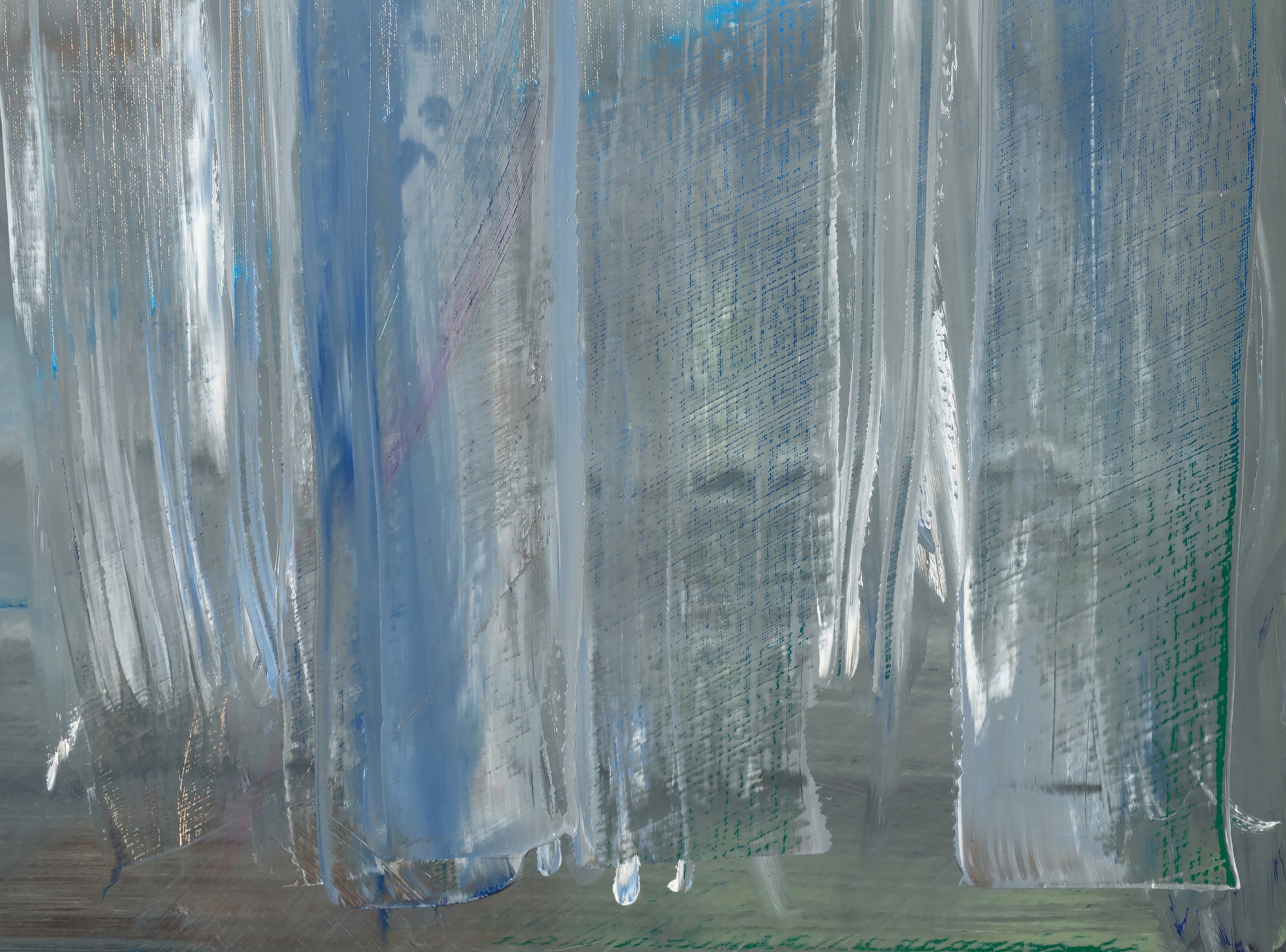
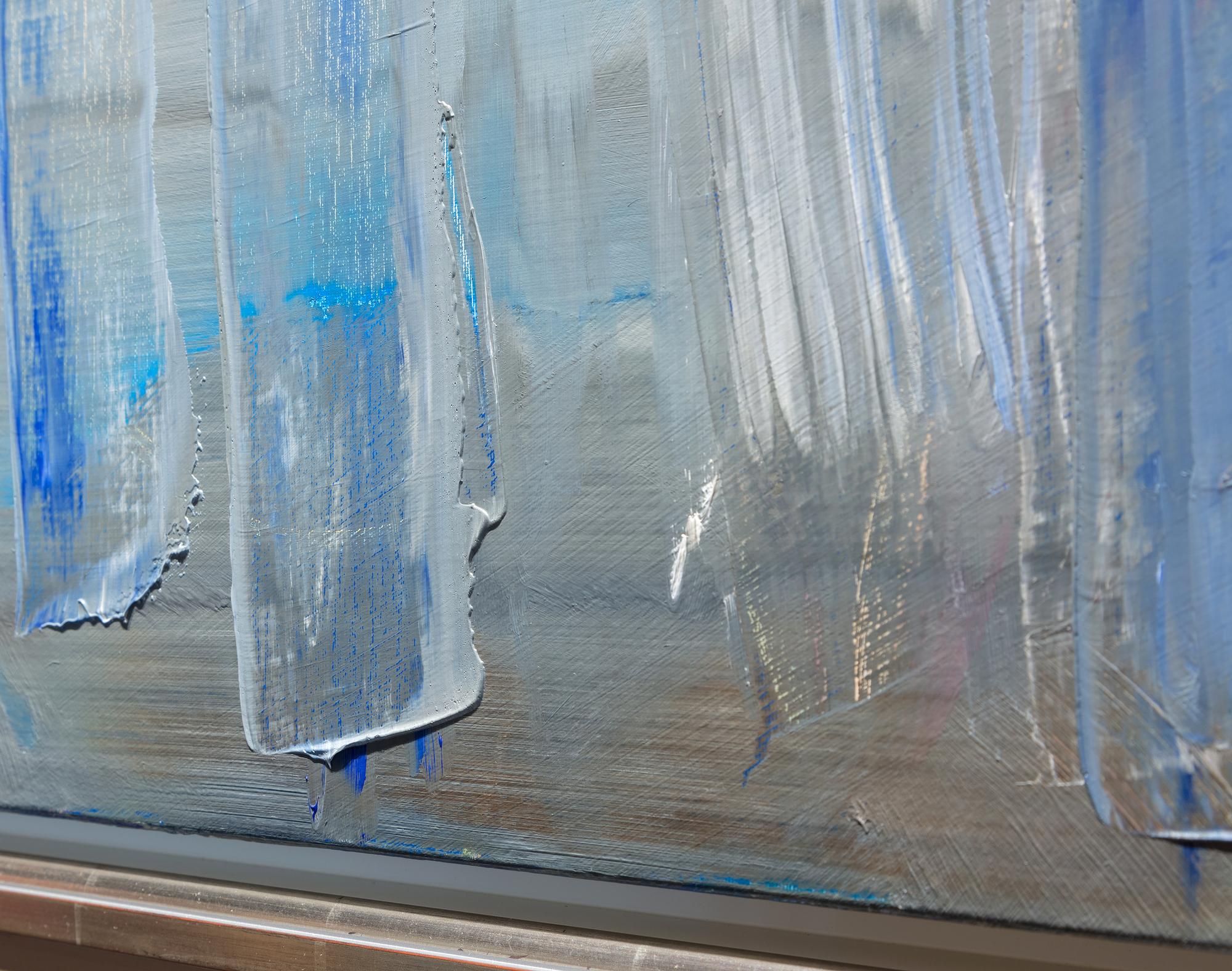
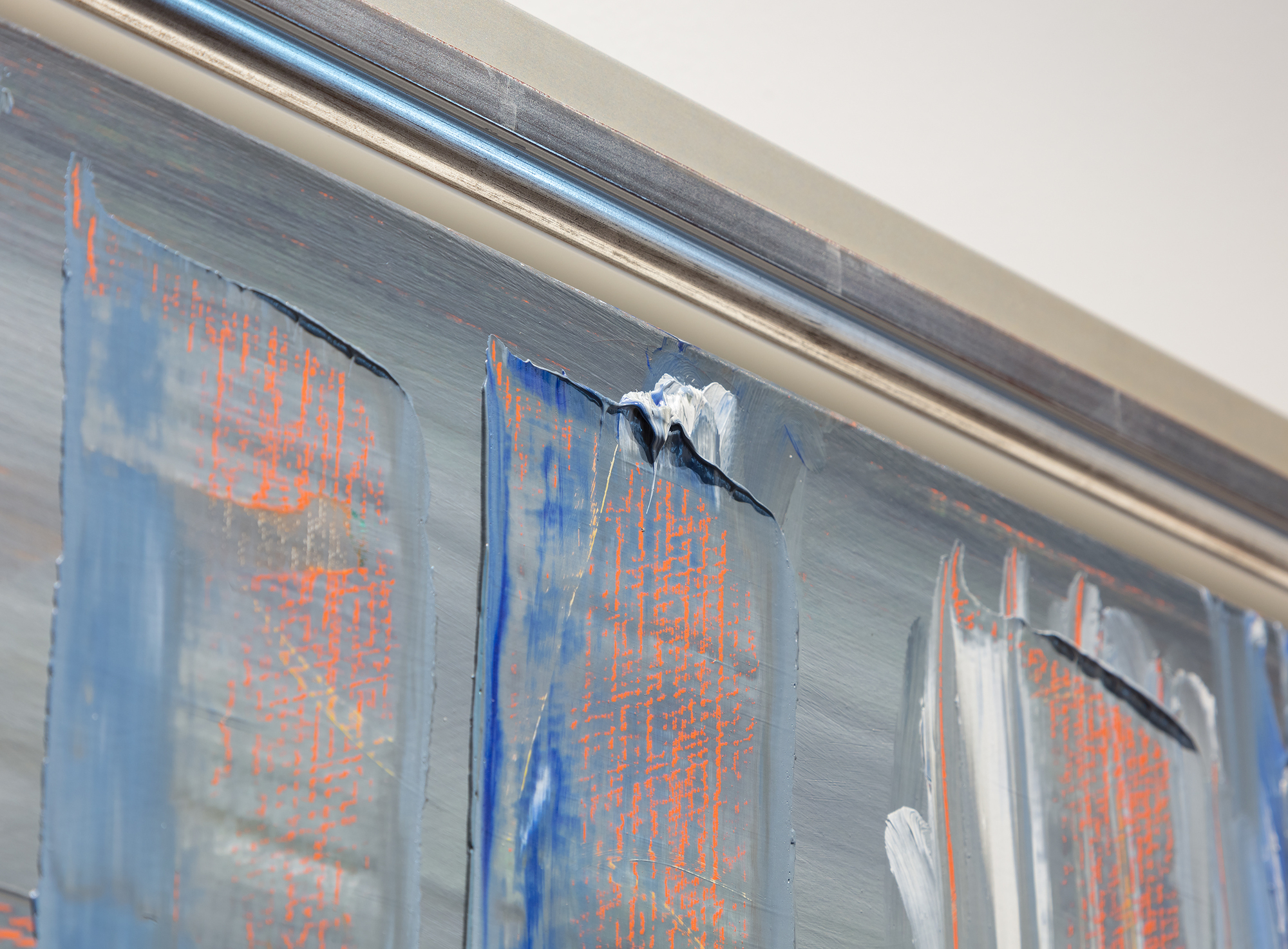
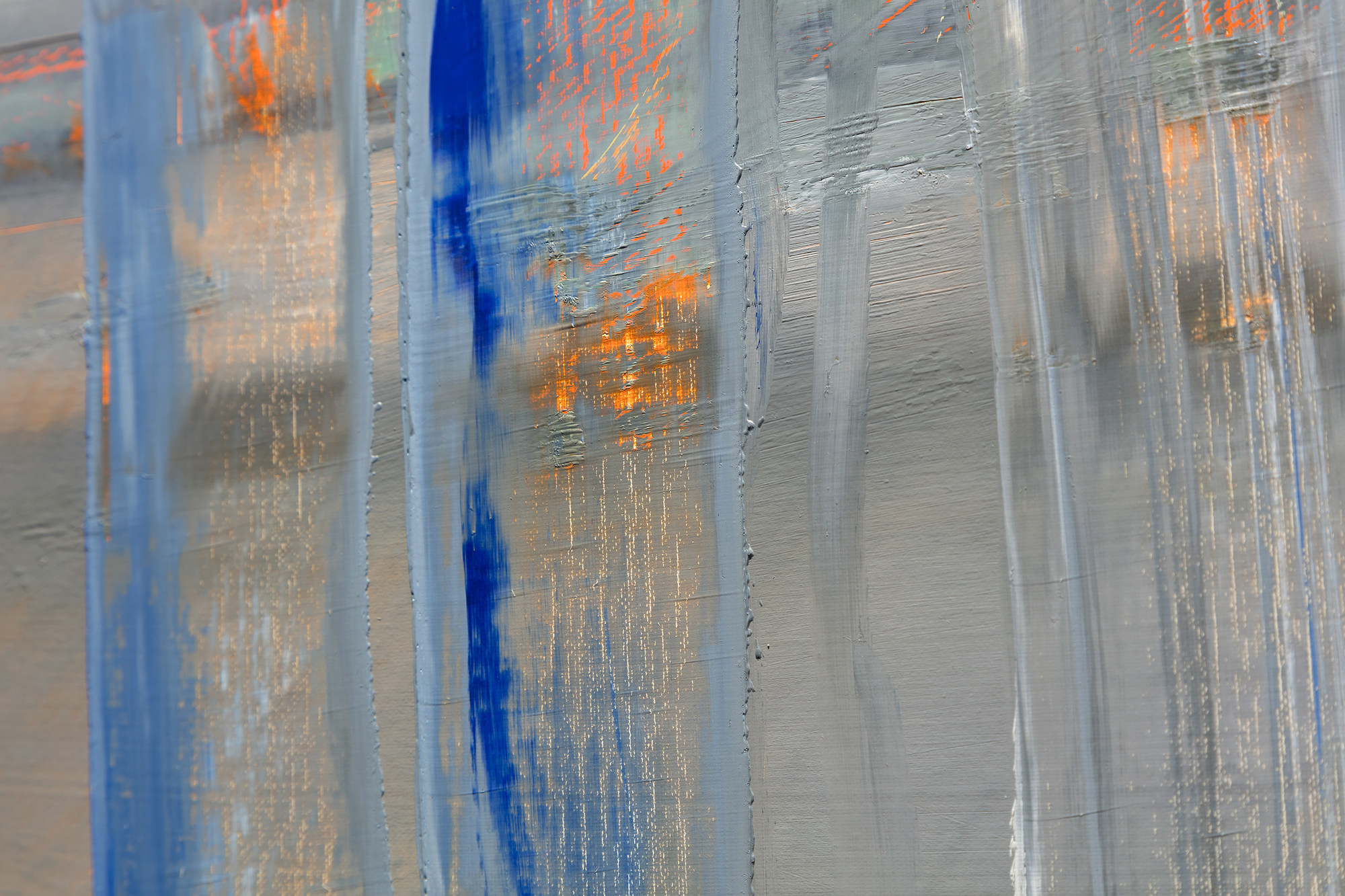
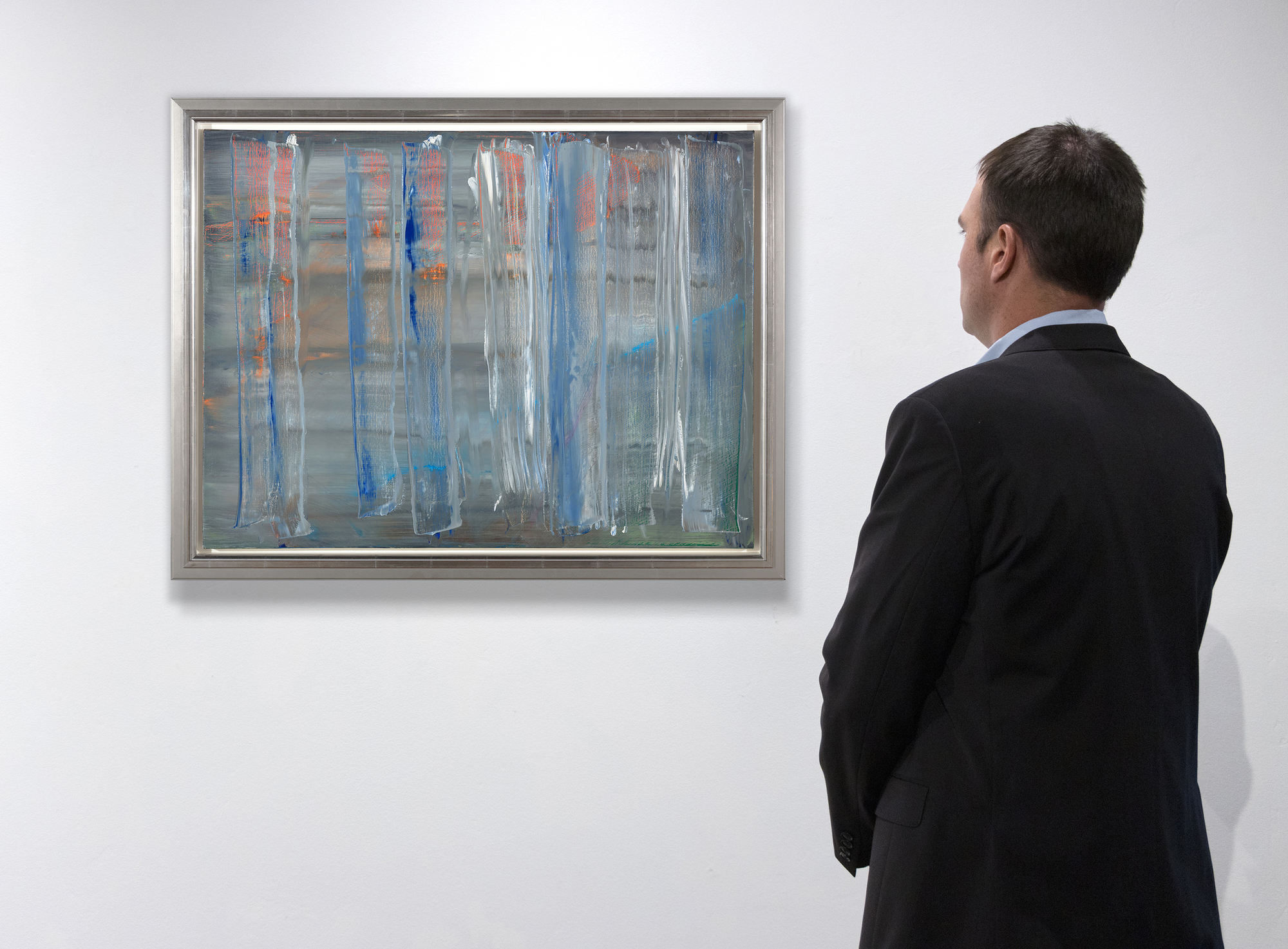
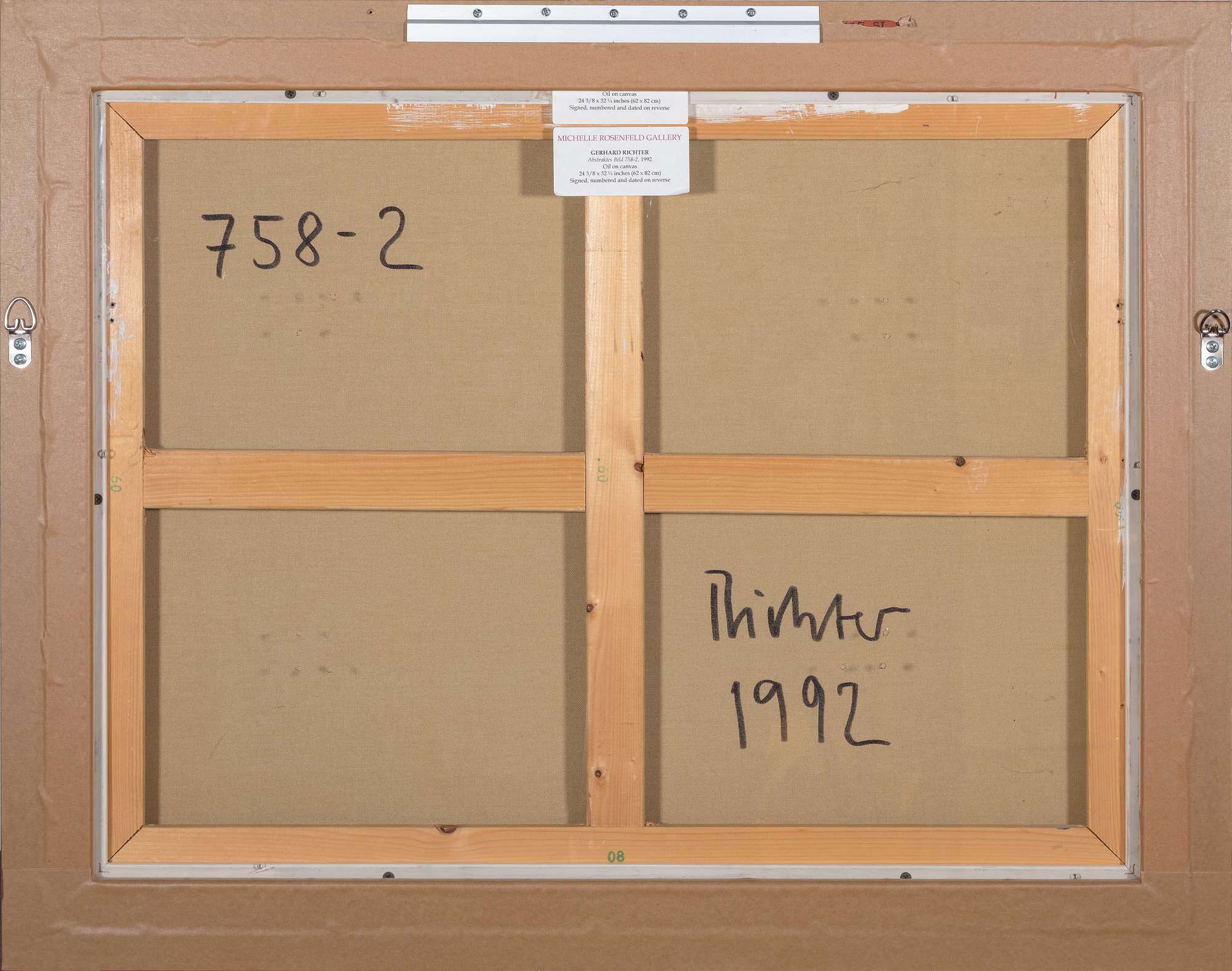
种源
慕尼黑 Fred Jahn 画廊哥本哈根福尔斯丘画廊
私人收藏,亚琛
私人收藏,埃森
菲利普斯,纽约,2003 年 5 月 16 日
纽约私人收藏
米歇尔-罗森菲尔德画廊,纽约
展会信息
格哈德-里希特Malerier,哥本哈根法尔斯丘画廊,1996 年格哈德-里希特。Werke aus Aachener Sammlungen,Ehemalige Reichsabtei,Aachen-Kornelimünster 1999 年
文学
Elger, D (2011),格哈德-里希特:第四卷,彩图。编号 758-2,第 434 页布赫罗...更。。。 B.H. D., Gidal, P., Pelzer, B., & Musée d'art moderne de la ville de Paris (1993), Gerhard Richter, Kunst-und Ausstellungshalle der Bundesrepublik Deutschland.
Ehemalige Reichsabtei (1999), Gerhard Richter, Werke aus Aachener Sammlungen [cat.], Aachen-Kornelimünster. color ill. p. 59
菲利普斯(纽约,2003 年 5 月 16 日),当代艺术,第二部分[拍卖目录],第 142 号拍 卖品,彩色插图。4
...少。。。
历程
Widely recognized as one of the most consequential artists of our time, Gerhard Richters career now rivals that of Picasso’s in terms of productivity and genius.The multi-faceted subject matter, ranging from slightly out-of-focus photographic oil paintings to Kelly-esque grid paintings to his “squeegee” works, Richter never settles for repeating the same thought but is constantly evolving his vision.里希特曾多次举办重要的回顾展,其中包括 2002 年在巴黎美术馆举办的重要展览 "格哈德-里希特四十年绘画展":纽约现代艺术博物馆举办的 "格哈德-里希特:绘画四十年"。
Abstraktes Bild 758-2 (1992 年)是里希特纯抽象时期的作品。里希特用一种真正的物理绘画风格来传达他的信息,他用木制的 "刮板 "工具将层叠的颜料扭曲,从而揭示出底层颜料及其独特的色彩组合。在这样雕刻颜料的过程中,他参与了一定程度的 "偶然艺术"。里希特会对这些手势做出反应,继续添加、涂抹和减少颜料,创造出具有空间感和运动感的纹理表面。
市场情报
- 格哈德-里希特(Gerhard Richter)在拍卖和销售方面有着辉煌的历史,其主要作品往往超过拍卖前的估价。
- 格哈德-里希特的年复合增长率为 17.6%。
- 格哈德-里希特是当代最具影响力的艺术家之一。里希特曾多次举办回顾展,是20 世纪/21世纪最炙手可热的艺术家之一。







































